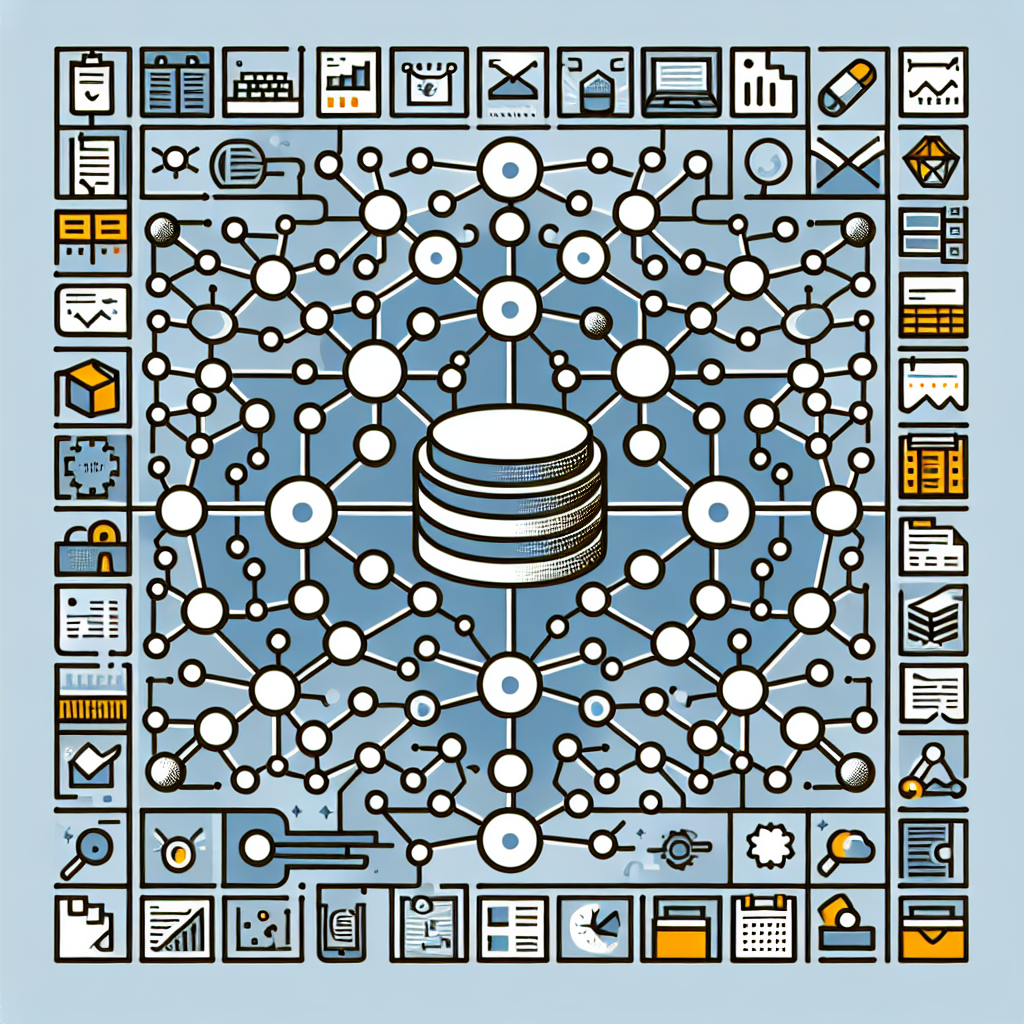Your cart is currently empty!
Exploring the Impact of Data Fabric on Business Operations

Data fabric is a term that is gaining traction in the world of business operations. It refers to a unified and integrated approach to managing data across different platforms, locations, and formats. This means that data fabric enables organizations to seamlessly access, analyze, and utilize their data regardless of where it is stored or how it is structured.
The impact of data fabric on business operations is significant and far-reaching. By implementing a data fabric strategy, organizations can streamline their data management processes, improve decision-making, and increase operational efficiency. Here are some key ways in which data fabric can transform business operations:
1. Improved Data Accessibility: One of the biggest challenges organizations face is accessing and integrating data from disparate sources. Data fabric allows businesses to connect and consolidate data from multiple sources, making it easier to access and analyze information in real-time. This enables teams to make faster and more informed decisions, leading to improved business outcomes.
2. Enhanced Data Governance: Data fabric provides a centralized platform for managing data, ensuring that it is secure, compliant, and easily traceable. By enforcing consistent data governance policies across the organization, businesses can reduce the risk of data breaches, ensure data quality, and maintain regulatory compliance.
3. Increased Collaboration: Data fabric enables teams to collaborate more effectively by providing a single source of truth for data. This allows team members to work together on projects, share insights, and make data-driven decisions in a seamless manner. By breaking down data silos and promoting collaboration, data fabric can drive innovation and improve business agility.
4. Scalability and Flexibility: As organizations grow and evolve, their data needs also change. Data fabric provides a scalable and flexible infrastructure that can adapt to the changing needs of the business. This allows organizations to easily scale their data management capabilities, accommodate new data sources, and support emerging technologies such as AI and machine learning.
5. Cost Savings: By consolidating and optimizing data management processes, data fabric can help organizations reduce costs associated with data storage, processing, and maintenance. By eliminating redundancies and inefficiencies in data management, businesses can achieve cost savings and improve their bottom line.
In conclusion, data fabric is a powerful tool that can revolutionize business operations by enabling organizations to harness the full potential of their data. By implementing a data fabric strategy, businesses can improve data accessibility, enhance data governance, foster collaboration, achieve scalability and flexibility, and realize cost savings. As data continues to play a critical role in driving business success, organizations that embrace data fabric are well-positioned to stay ahead of the competition and thrive in today’s data-driven world.

Leave a Reply